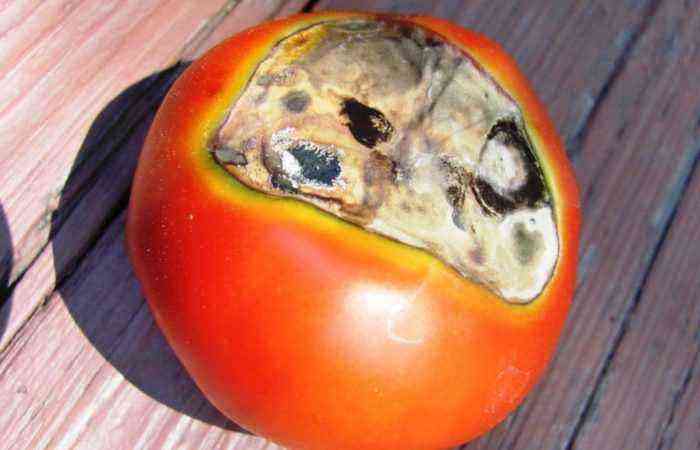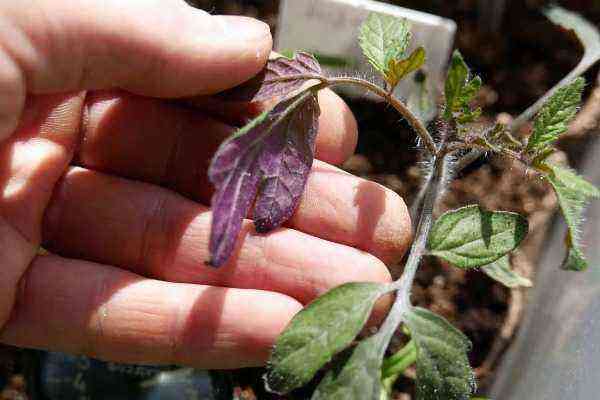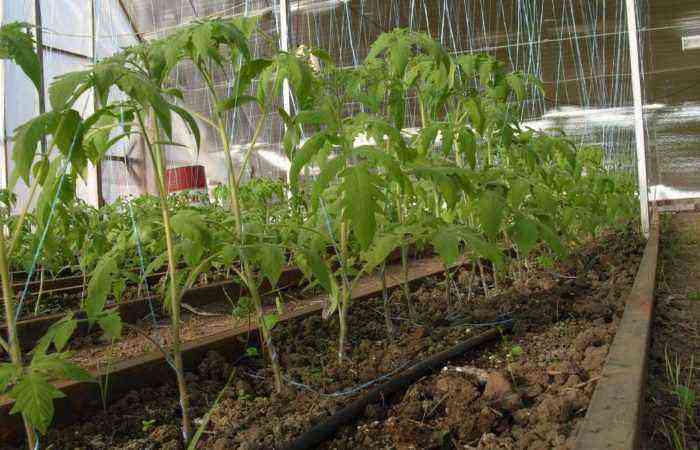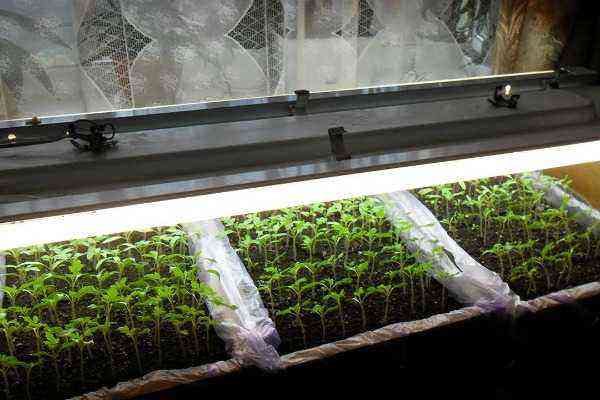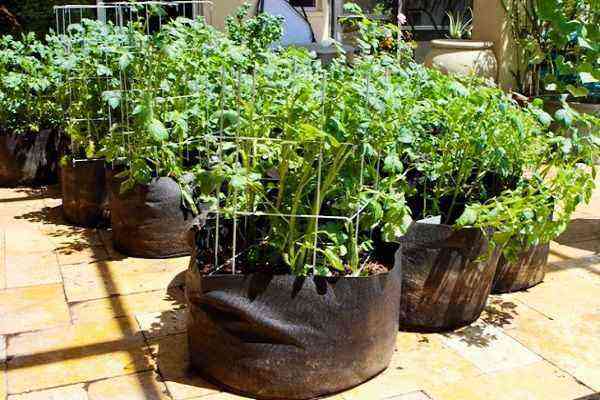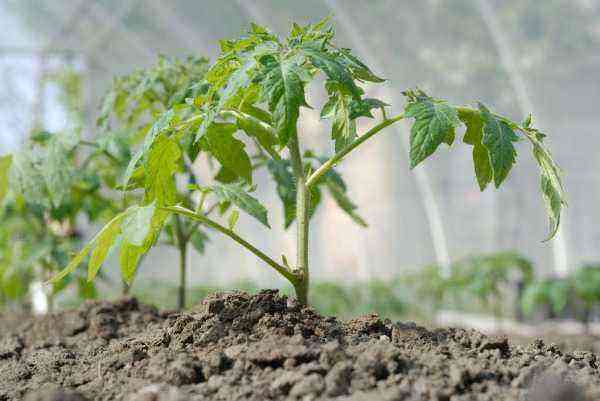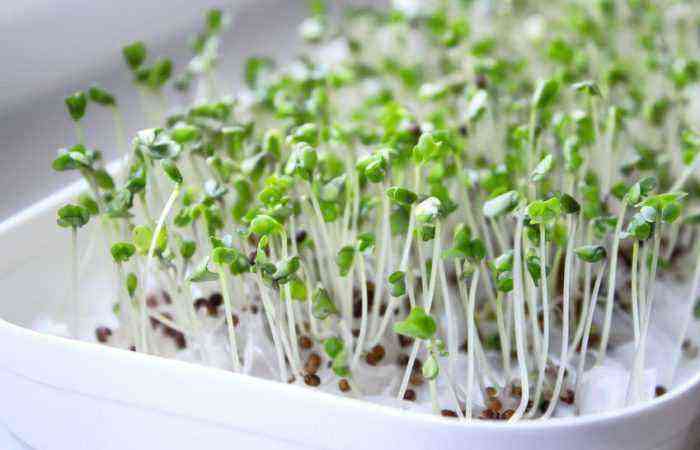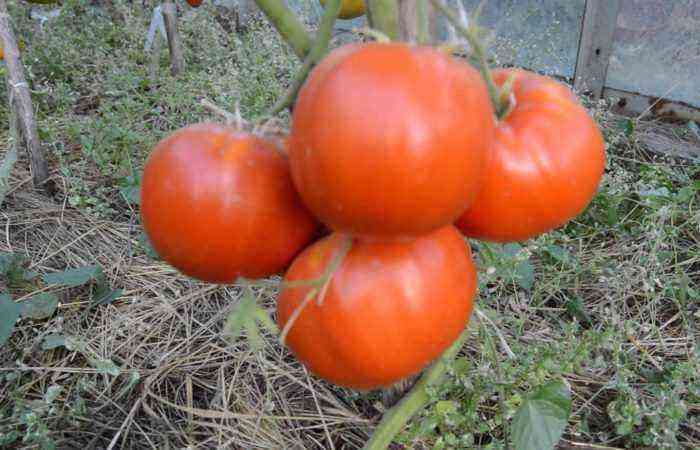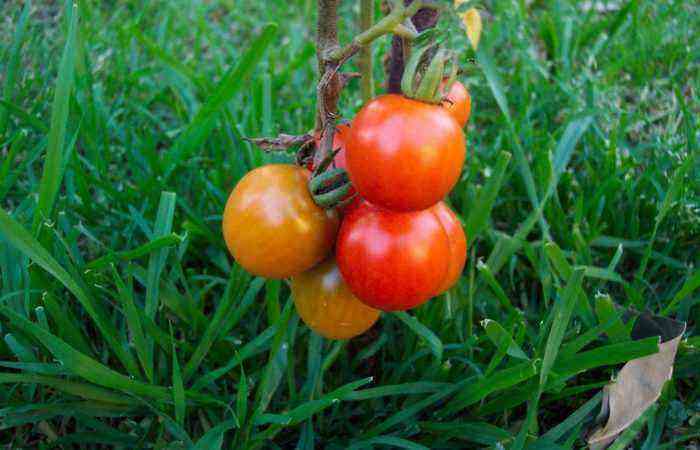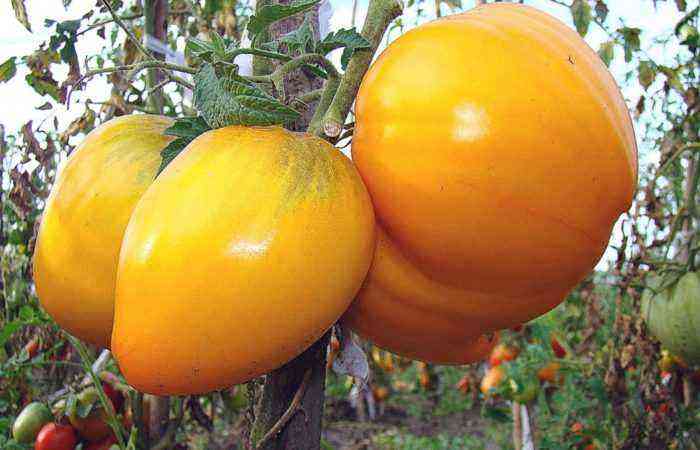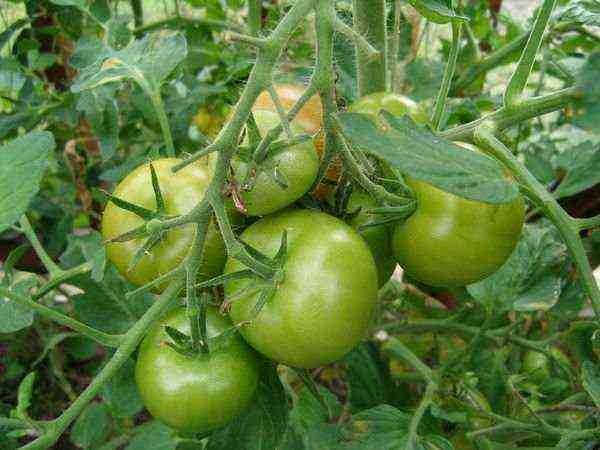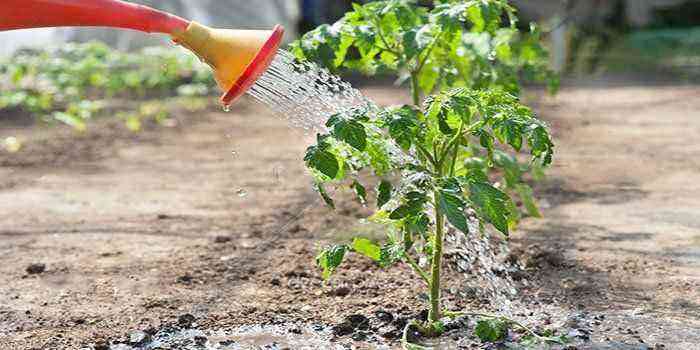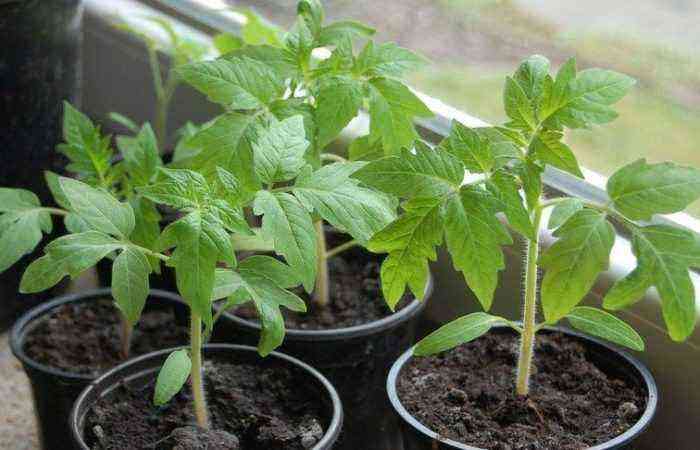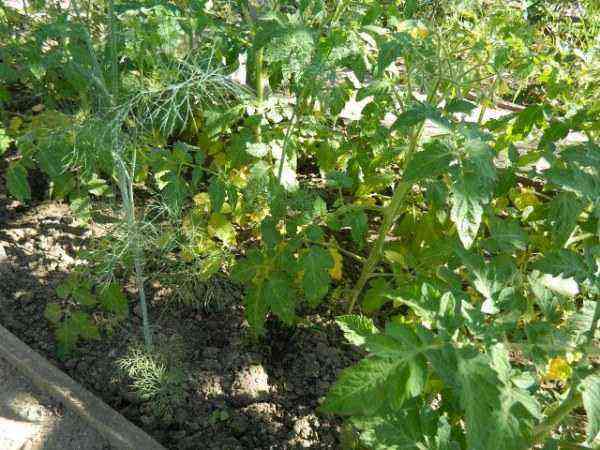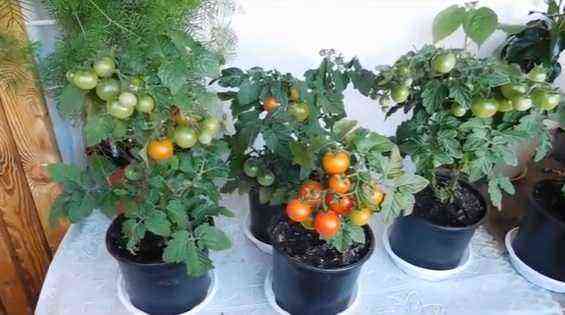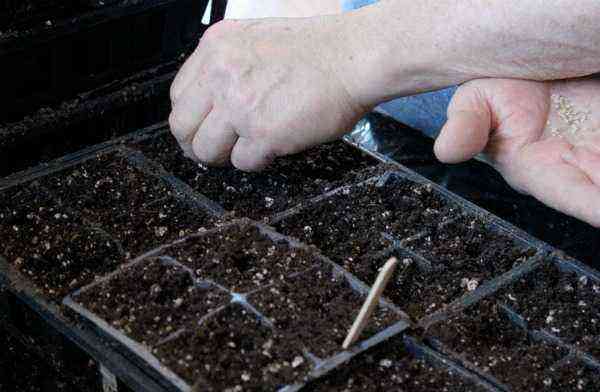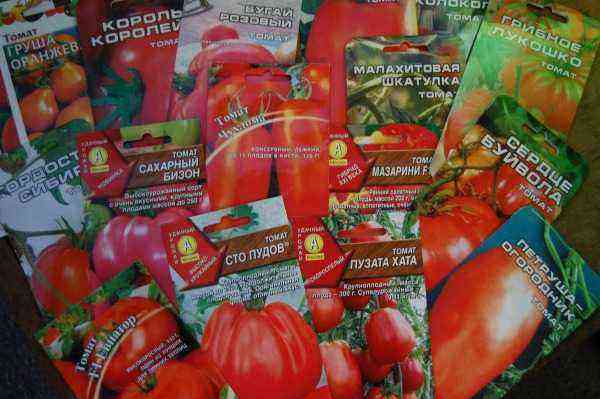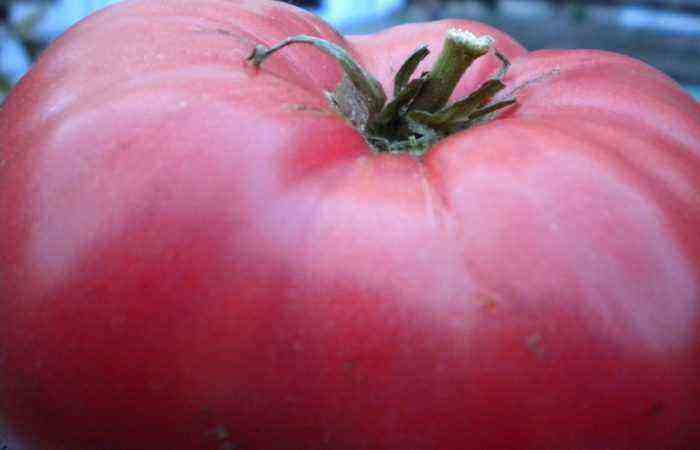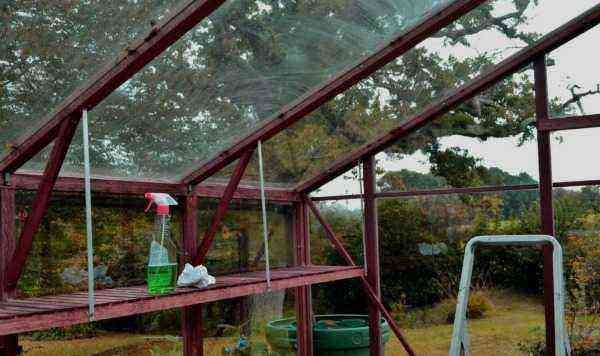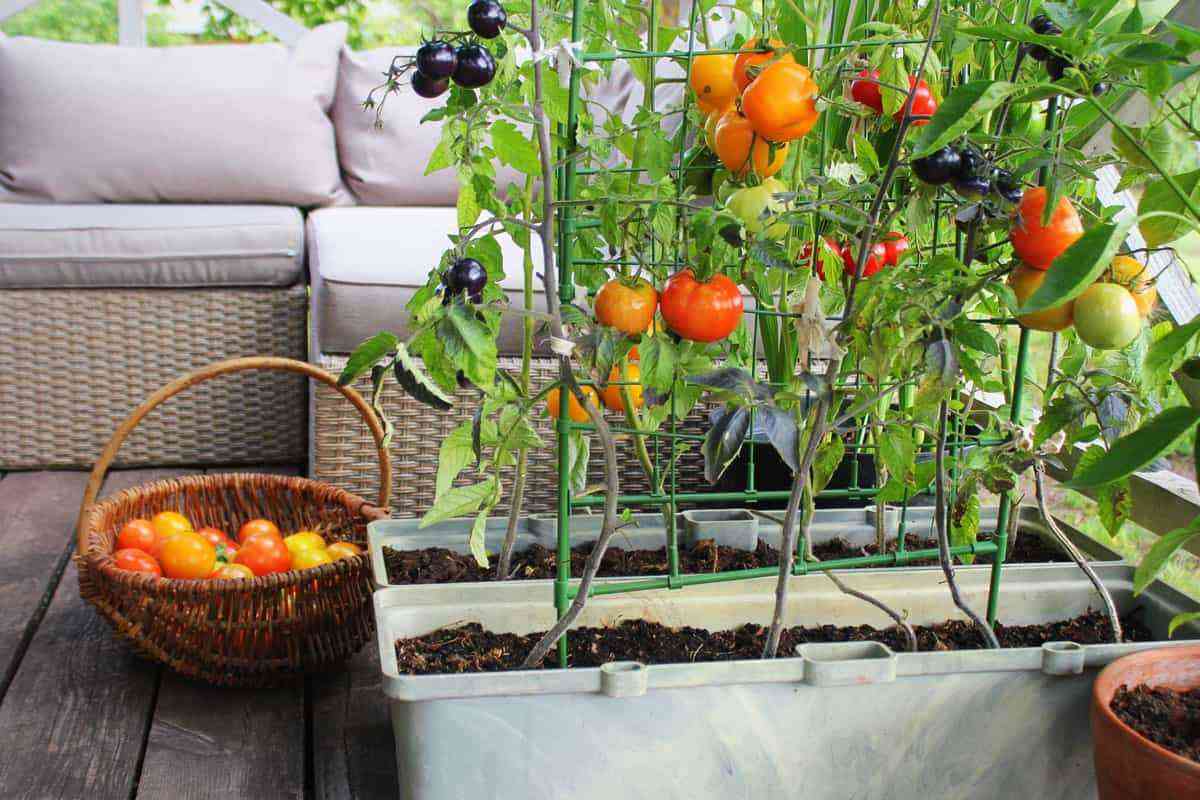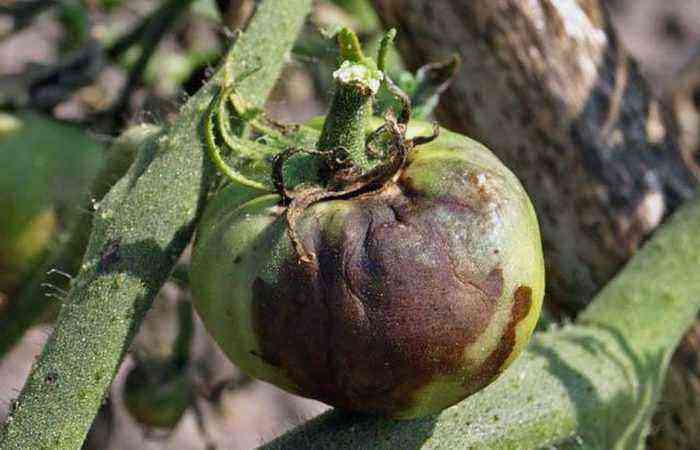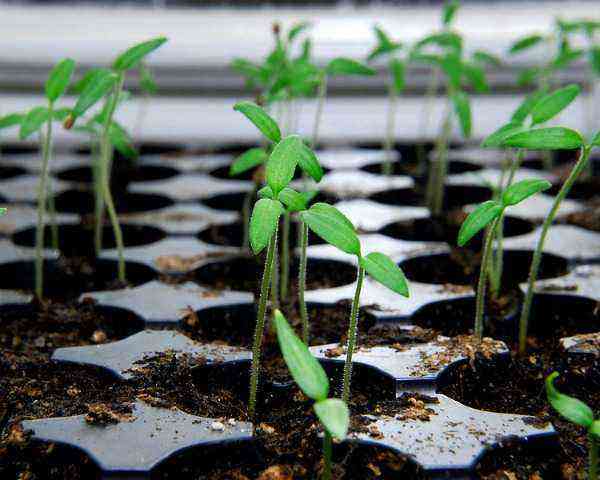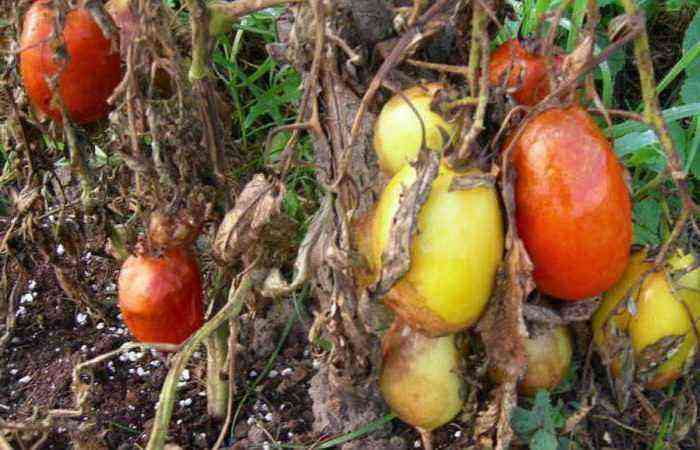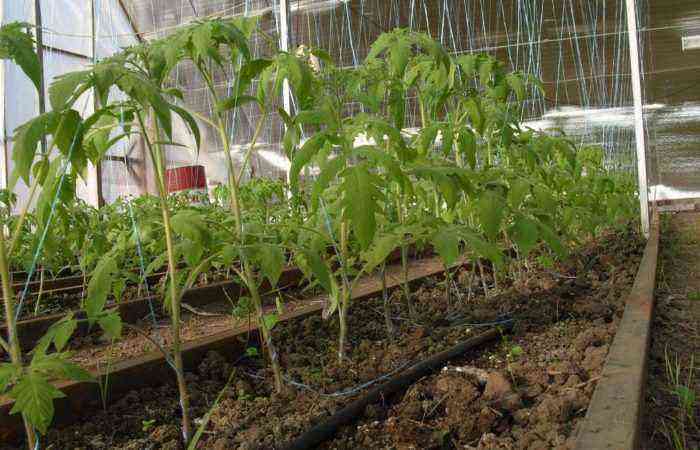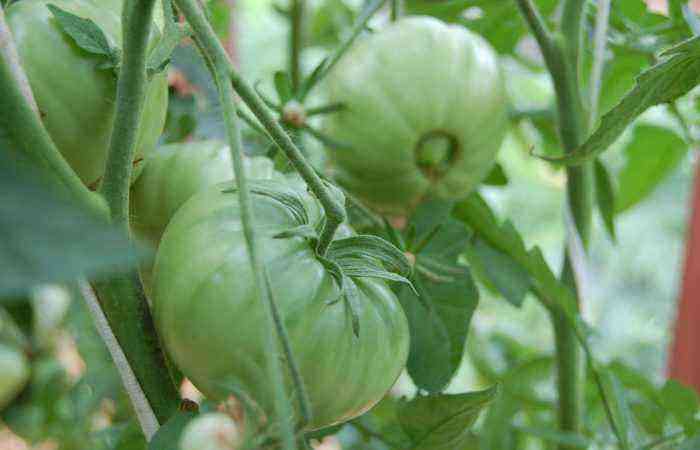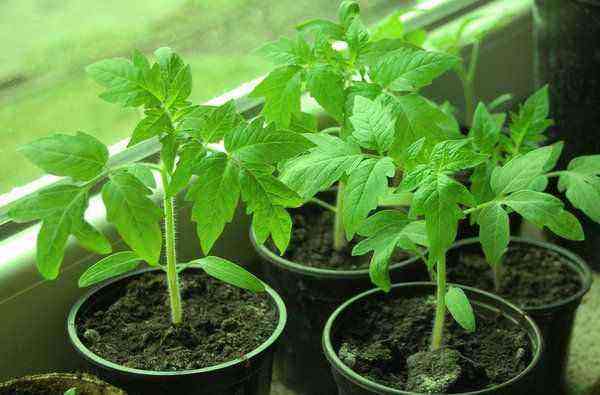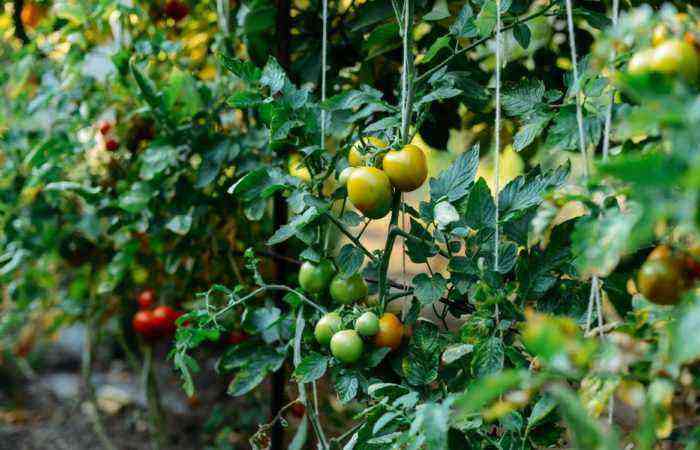Growing tomato seedlings for open ground begins in late February – early March. From the first days of emergence, seedlings require 12-14 hours of daylight. In the first days of spring, the total duration of daylight hours is 11 hours, of which 3 hours are twilight.
Seedlings get even less natural light in a city apartment. In the most crucial period, the young tomato plant clearly lacks sunlight. The only way to grow strong healthy seedlings is to organize artificial lighting.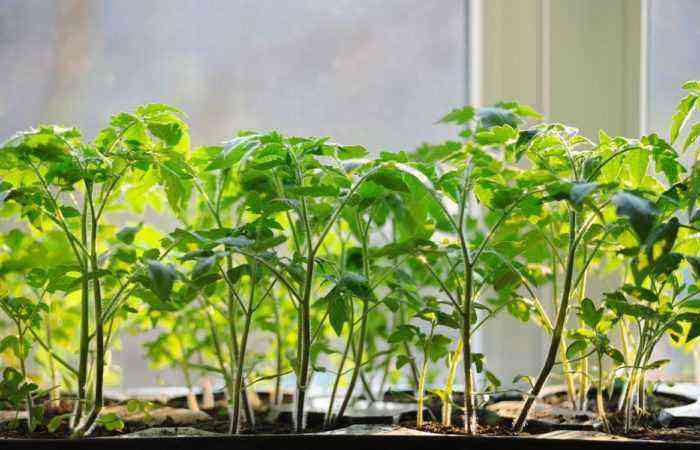
Illumination and its importance for seedlings
Garden crops, regardless of age, require illumination of 20-40 thousand Lux. Even on a clear day in February-March, the illumination on the windowsill does not exceed 5 thousand Lux. This imbalance continues until the end of May. Seedlings stretch and grow frail. In the future, they hardly endure the transplant to a permanent place, the process of acclimatization is delayed.
Young plants need light. All components of the spectrum affect the growing tomato seedling.
- Red light promotes the formation of the root system, flowering and fruiting.
- Blue rays stimulate cell division and inhibit the growth of the stem – seedlings do not stretch, grow strong.
- The yellow, orange and green components of the spectrum do not have any specific effect, only on photosynthesis.
In the complex, light stimulates the development and growth of seedlings, provides energy for photosynthesis and a general strengthening effect.
Lamps for tomato seedlings – advantages and disadvantages
Ordinary household lighting fixtures are not the best choice for supplementing seedlings. The cells of a growing seedling are sensitive to the border regions of the spectrum – “infrared-red” and “blue-ultraviolet”.
In addition to the characteristics of the emitted spectrum, when choosing a lamp for seedlings, one should take into account the efficiency of the lighting device. It is necessary to pre-calculate the cost of supplementary lighting: every day for 4 hours.
Type of lamp Characteristics of the emission spectrum Advantages Disadvantages Gas-discharge
(daylight lamps)
Full spectrum Economical, minimal thermal radiation To connect the lamps, you need a special ballast, the distance to the plant should be no more than 20 cm, you need a reflector Phytolamps Full spectrum Compact, durable, economical and environmentally friendly. The mirror layer inside the lamp increases the light output – the device illuminates the seedlings, without excessive overheating, Unpleasant color – a protective screen is needed Light-emitting diode (LED) Spectrum can be selected for each stage of growth independently depending on the stage of seedling growth. Purple color unpleasant to the human eye (useful for seedlings) Sodium metal halide “Warm” zone of the spectrum Economical, simple rules of use, built-in reflector increases the efficiency of application Price of the device, no blue spectrum
Which lamps are useless and harmful for backlighting?
Young tomato sprouts need blue-violet and red rays – the light flux of this spectrum stimulates root formation and forms strong healthy seedlings.
An ordinary incandescent lamp emits predominantly yellow light and is of little use for additional illumination of tomato seedlings.
That’s not all:
- An incandescent lamp converts only 5% of electricity into visible light.
- 95% of the energy is converted into thermal radiation, which dries the ground in the seedling container.
- Excessive heat stimulates the active growth of the stem. With a lag in the development of the root system, the seedlings turn out to be weak, elongated, painful.
- It is not possible to correct the situation with top dressing – the roots are too weak.
For any supplementary lighting system, heating should be controlled. If at the level of seedlings the heating from the lamps is imperceptible with the back of the hand, the distance is chosen correctly.
Supplementary lighting system – how to make
Phytolamps, with their useful spectrum for additional illumination of a small amount of seedlings, are not a cheap pleasure. At home, it is easy to independently make an additional lighting system from quite affordable elements.
The easiest way is to assemble a system from ready-made fluorescent lamps. The simplicity of the design will not cause difficulties even for a beginner. Depending on the illuminated area, gas discharge tubes are mounted on a rigid base with an interval of 10-15 cm in parallel.
It is advisable to use a substrate with a mirror layer – this increases the efficiency of additional illumination.
The whole structure is fixed above the seedlings at a distance of about 10 cm. In advance, it is necessary to consider ways to adjust the distance from the soil surface to the lighting system, special brackets or an adjustable suspension system. As the seedlings grow, the structure should be raised.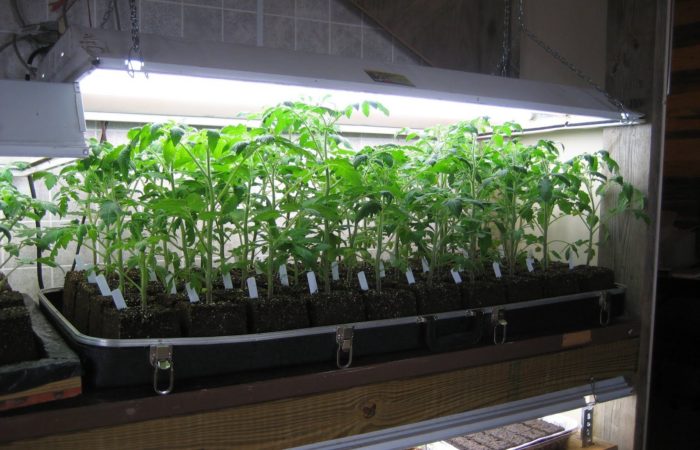
What do you need to know?
Early cultivation of tomato seedlings requires careful organization of the process. Tomato sprouts cannot wait to solve technical and other problems.
- Even with a lamp system for a mini-garden, south-facing windows should be preferred. No lamp can replace natural light.
- Additional lighting must be continued until the seedlings are planted in a permanent place, so you should worry about the possibility of adjusting the location of the light source in height.
- The lighting panel is best placed directly above the plants.
- Reflective elements (mirrors, screens) have a softer purposeful effect than direct rays.
- The use of a reflector is doubly justified if a phytolamp is turned on for additional illumination.
- As reflective elements, you can use any light surface, not necessarily a mirror. Plain paper perfectly reflects and scatters light rays.
The need for additional lighting is determined very simply. If the eye does not determine the difference in illumination, then the backlight is not needed yet.
Simple rules
To obtain strong and healthy seedlings, it is necessary to follow simple rules:
- For the normal growth of seedlings, the day-night schedule is important. Round-the-clock supplementary illumination disrupts the biorhythm: the absorption of carbon dioxide during the daytime alternates with the release of oxygen at night. Seedlings grow at an accelerated pace, bushes begin to bear fruit faster.
- It is necessary to control the distance between the lamp and the seedlings – according to the laws of physics, the intensity of illumination decreases inversely with the square of the distance. Placing the lamp too close causes the soil to dry out.
- For uniform illumination of all seedlings, it is recommended to use reflective screens – mirrors, foil, metal surfaces, sheets of paper or light-colored plastic.
- The lighting schedule needs to be adjusted taking into account the weather conditions and the location of the windows.
Reflective screens improve the distribution of daylight luminous flux. A good solution for a window is a white curtain as a diffusing surface.
Lighting schemes – choose the right one
Not only the condition of the seedlings, but also the yield of the tomato garden depends on the supplementary illumination regime: the size of the fruits and their number. With the help of a well-designed supplementary lighting regime, it is possible to regulate the timing of fruiting and ripening – summer residents of the northern regions can grow large-fruited fruitful varieties of medium and late ripening.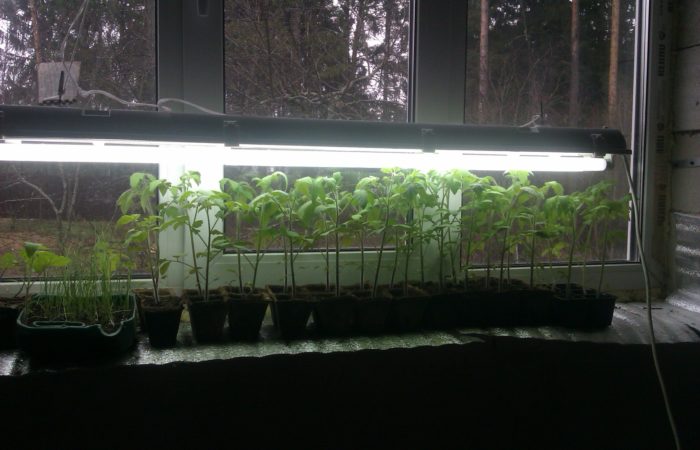
In practice, 3 schemes for supplementary illumination of tomato seedlings are used.
- Continuous mode.
Practice has shown that the continuous operation of the lamps gives a tangible increase in yield due to the accelerated growth of seedlings and earlier fruiting.
However, the seedlings showed signs of mineral starvation – a mismatch between carbohydrates produced and micronutrients consumed.
- 38 hours of lighting + 10 hours of break.
This mode has shown itself well when growing seedlings in large quantities. At home, such a distribution of time is unacceptable; automation of large agricultural enterprises copes with switching.
- 8 hours of additional illumination + 4 hours of break, 2 cycles per day.
Plants need rest to assimilate the products of photosynthesis, which was fully confirmed in the 3rd experiment. A mandatory break for a balanced assimilation of photosynthesis products cannot be less than 4-5 hours. In terms of yield, such seedlings are only slightly inferior to the 1st option, while the plants are strong and healthy. Energy consumption is lower, which affects the cost of seedlings.
Conclusion
Tomato seedlings grown with additional illumination will significantly benefit in quality and yield, however, natural factors should not be discounted:
- Place seedling boxes near the south window – due to the sun, you can get significant savings on electricity costs.
- Put additional screens on the sides of the seedlings and behind.
- Turn on the lights on schedule.
The implementation of these simple rules will be rewarded with a generous harvest of tomatoes.
